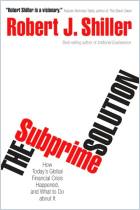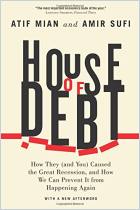
Too Big to Save?
How to Fix the U.S. Financial System
Recommendation
Stable, sustainable economic growth requires new approaches to financial regulation. In this insightful book, Robert Pozen explains how speculative securities underwriting, easy mortgage financing and poor regulation led to the worst U.S. recession since the 1930s, as well as a worldwide financial crisis. An industry leader in investment management, Pozen proposes regulatory reforms to make the financial system less vulnerable to similar problems in the future. Readers may disagree with some of Pozen’s recommendations, and as the U.S. government adjusts its regulation of financial institutions, some of his proposals may become moot. However, his accessible, informed text also offers a remarkably clear account of how the recession unfolded in the United States. That’s more than enough reason for getAbstract to recommend this intelligent book to anyone interested in global financial fragility and how to fix it.
Summary
About the Author
Robert Pozen is chairman of MFS Investment Management. He is a senior lecturer at the Harvard Business School. Pozen chaired a committee on financial reporting improvements that advised the Securities and Exchange Commission in 2007 and 2008.




















Comment on this summary or Начать обсуждение